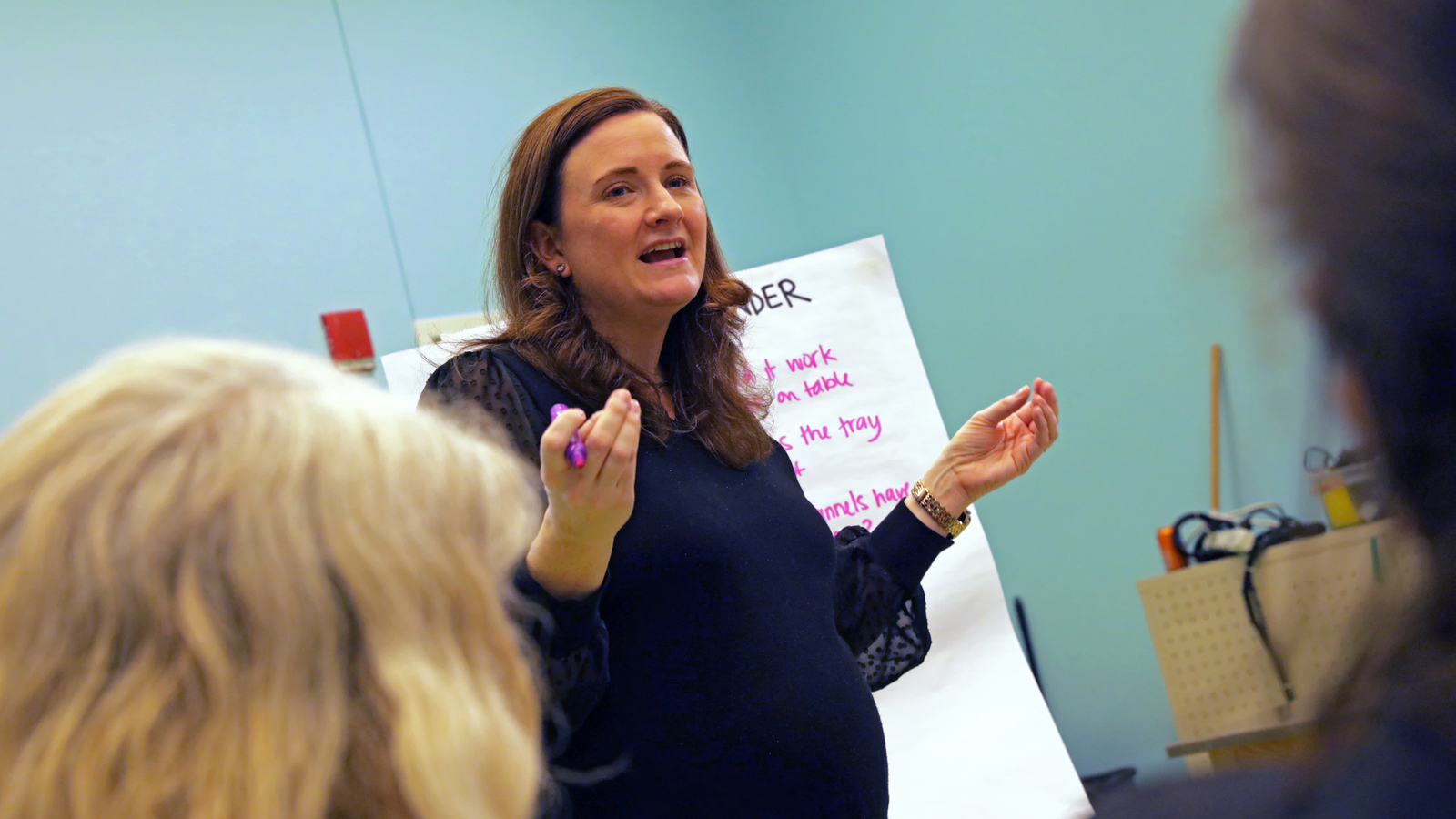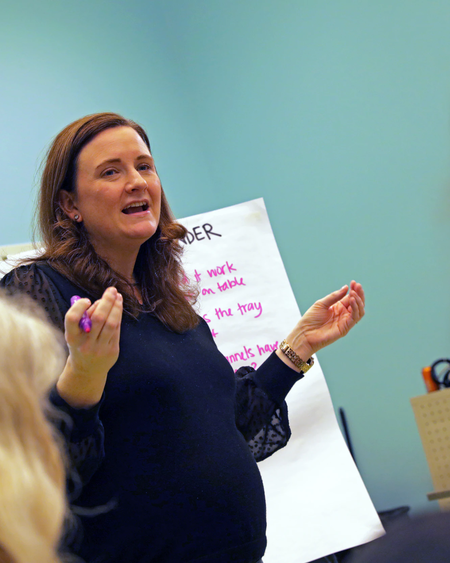
3D Unit Development Institute
A one-day workshop designed to increase knowledge of 3D assessments and provide the information needed for teachers to create their own 3D summative assessment.
3D Unit Development Institute
Workshop Goals
- Engage in a curricular design process following research-based protocols and standards
- Generate NGSS-aligned units that are anchored in phenomena
- Develop learning sequences that are three dimensional and coherent using a storyline process
- Design assessments for learning that are 3D, scenario based, and equitable
Workshop Modules
Module 1: Qualities of NGSS Aligned Curriculum
Providing an overview of the process, setting the context...what is different about NGSS-aligned curriculum, and developing a common language and understanding.
Module 2: Qualities of NGSS Aligned Curriculum
Reviewing target PEs and unpacking unit DCIs, SEPs, and CCCs.
Module 3: Qualities of NGSS Aligned Curriculum
Developing goals for the unit, creating a list of phenomena ideas and use tools to narrow our thinking, and selecting anchor phenomenon to be used to drive unit.
Module 4: Qualities of NGSS Aligned Curriculum
Sequencing ideas in a storyline that is coherent for students, creating lesson-level learning goals, and identifying formative assessment opportunities.
Workshop Assumptions
When designing and delivering this workshop, we assume participants:
- Come with a deep understanding of the NGSS that includes knowledge of the three dimensions, the PEs, the role of phenomena/problems, and the K-12 framework
- Have identified the PEs they will be targeting in their unit ahead of the workshop
- Come prepared with access to curriculum materials and NGSS books (framework and standards)
- Are motivated to create/revise units that align with NGSS
Details
STEM & Play: Hands-On Learning
Together we will engage in various hands-on STEM experiences that provide play-based learning opportunities for students aimed at increasing student engagement, building critical STEM skills, and increasing interest in STEM and excitement for learning.
Making Students' Thinking Visible
Together, we will explore and practice various scenarios to learn how to make these instructional shifts to transform lessons and gain concrete scientific strategies to better support student learning and deepen understandings of the shifts toward student-centered, three-dimensional learning in the Next Generation Science standards.

